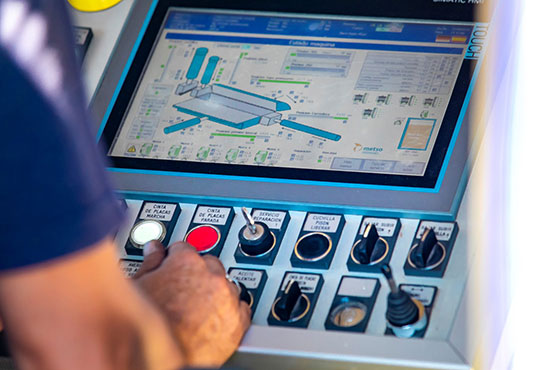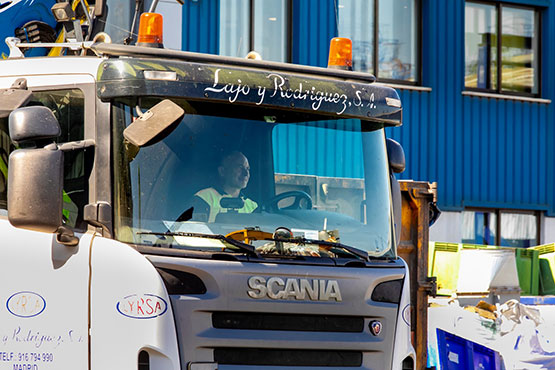Purchase, sale, recycling and
copper management
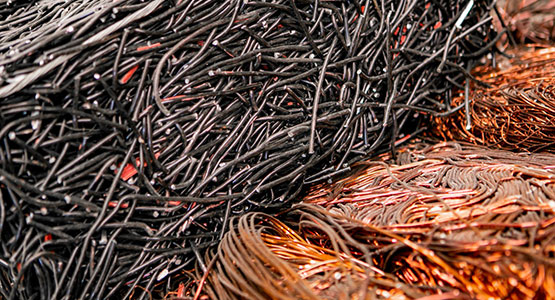
PRODUCTS AND SERVICES
Purchase of copper
Copper is one of the best metals for recycling. A material of high durability, abundant natural resources, widely used by industry, especially in the form of wires and cables, automotive components, infrastructure, construction, and so on. In Derichebourg Spain we take care of your purchase, sale and recycling.
It is characterized by being one of the best conductors of electricity and is one of the few metals that can be found in nature without combining with other elements. Thanks to its high conductivity, ductility and malleability, it has become the most common material used to manufacture electrical cables and other electrical and electronic components.
Copper is part of a very large number of alloys that generally have better mechanical properties, although they have lower electrical conductivity. The most important ones are known as bronzes and brasses. On the other hand, copper is a durable metal because it can be recycled an unlimited number of times without losing its mechanical properties.
Close (x)
Sale of copper
If you need to buy copper, you can do so at our facilities. Once the copper recovery process has been completed, this recycled material is prepared for sale to duly authorized dealers, according to the needs of our customers. For this we have specific machinery, such as metal packaging presses.
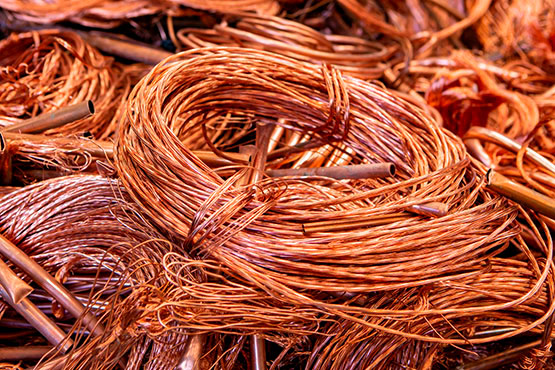
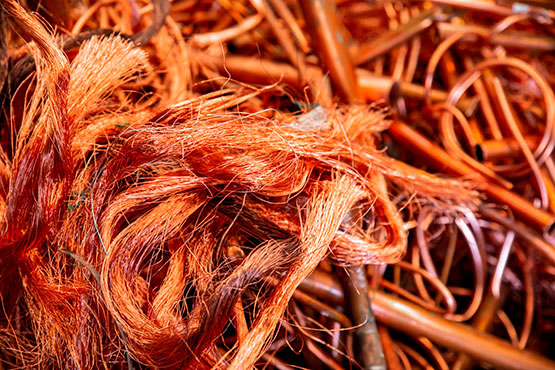
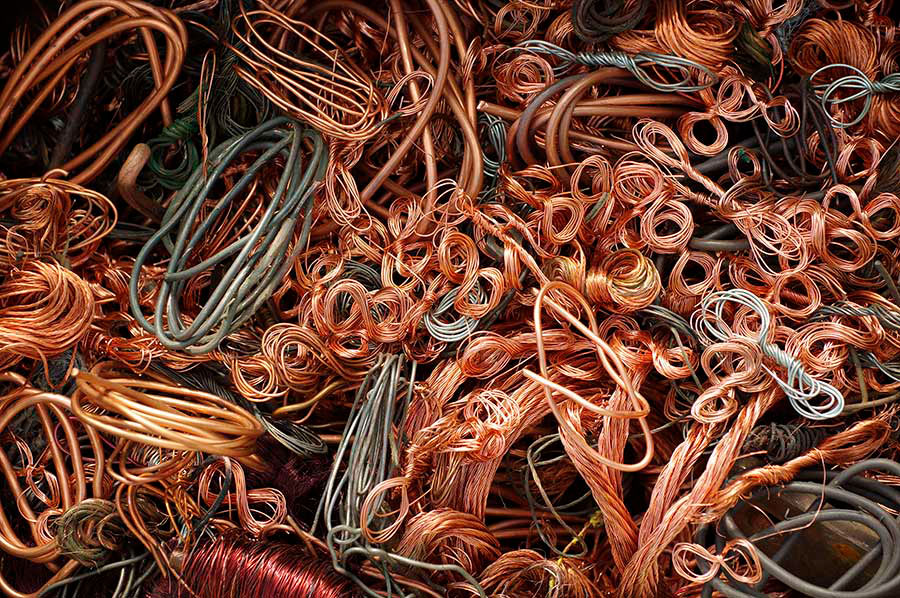
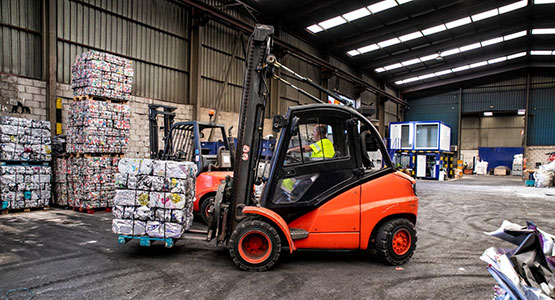
Recycling process and copper management
Copper is a 100% recyclable material, its recycling process varies according to its composition. Copper can be recycled an almost unlimited number of times without losing any of its physical or chemical properties.
- Collection and classification of copper scrap depending on its purity levels for subsequent shipment to smelting or subsequent treatment.
- Cutting and crushing of the material.
- Separation of copper from other materials
- Pure copper waste can melt directly . .
- Deoxidation and transformation into intermediate forms , such as ingots, for use in other processes.
Close (x)
Applications of Recycled Copper
Recycling copper reduces the generation of waste. Almost 100% of the raw material is recovered.
Recycled copper retains the physical, chemical, mechanical and biological properties that make it suitable for industrial use in many applications
.- Electrical, energy and telecommunications applications . Copper is the non-precious metal with the best electrical conductivity.
- Renewable Energy Applications . Renewable energy sources will be crucial to meet the growing demand for energy that will accompany the world's continuing industrialization.
- Means of transport . Copper is used in various components of cars and trucks, mainly radiators, brakes and bearings, as well as, of course, cables and electric motors.Construction and ornamentation . A large part of water transportation networks are made of copper or brass, due to their corrosion resistance and anti-microbial properties.
- Coins. Since the beginning of coinage in the Ancient Ages, copper has been used as a raw material for coins, sometimes pure and more often in alloys.
This is an economic recycling. Copper waste, which has already been used once, also reduces energy expenditure The process of extraction, transport, smelting and refining.
.Recycling copper provides savings of up to 75% of the energy used in primary production. It reduces CO2 emissions and water consumption.
Cerrar (x)
